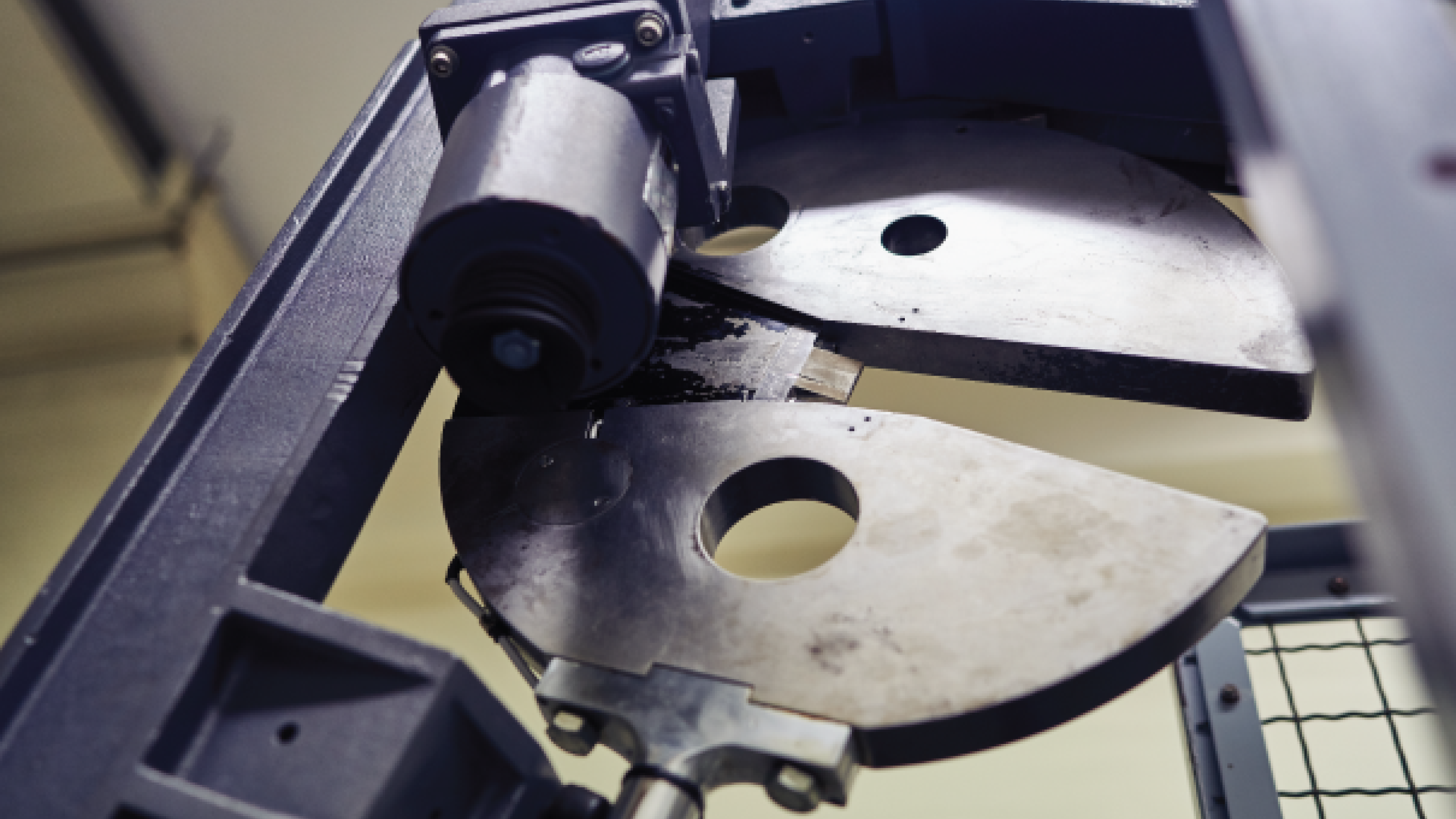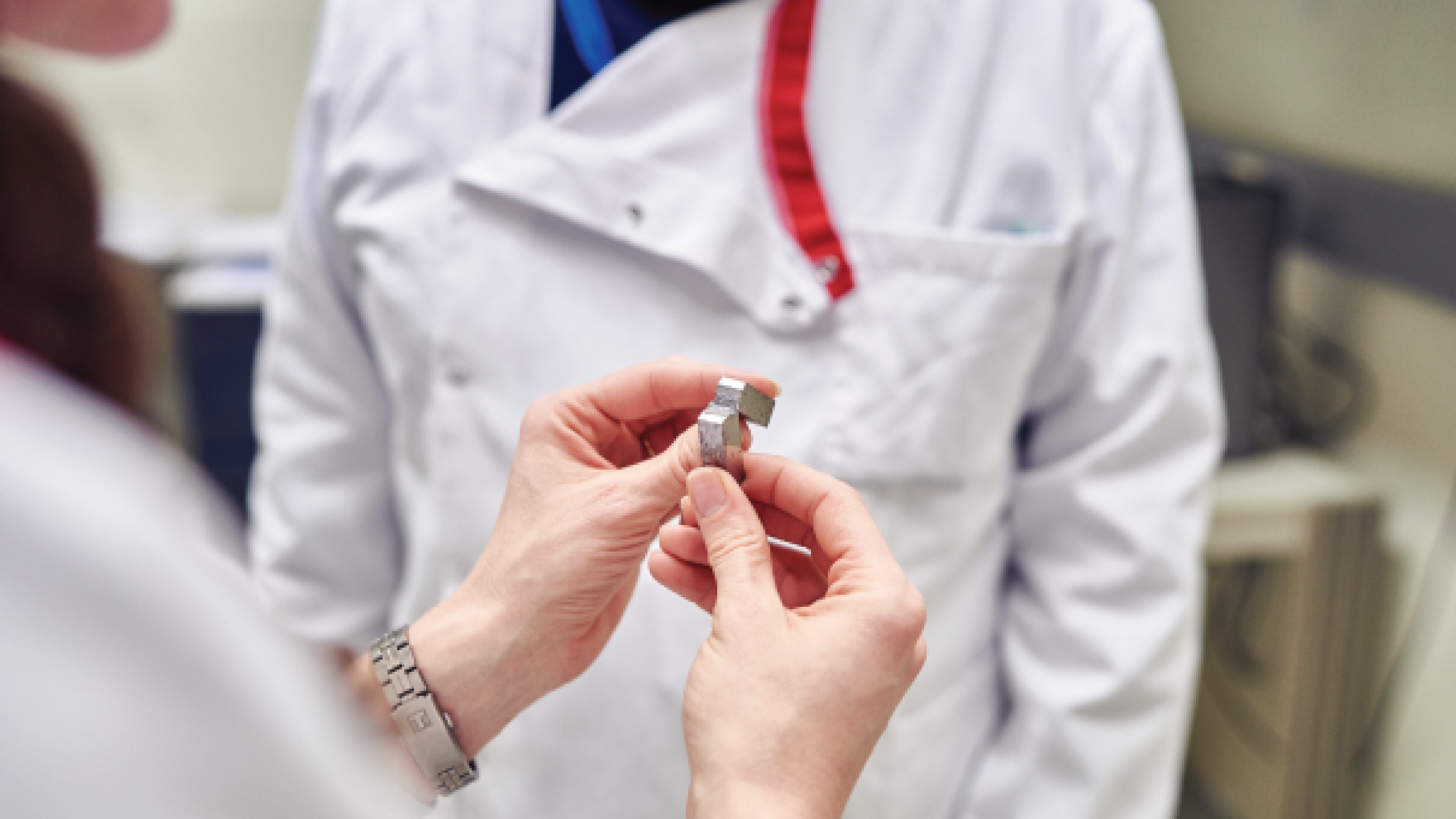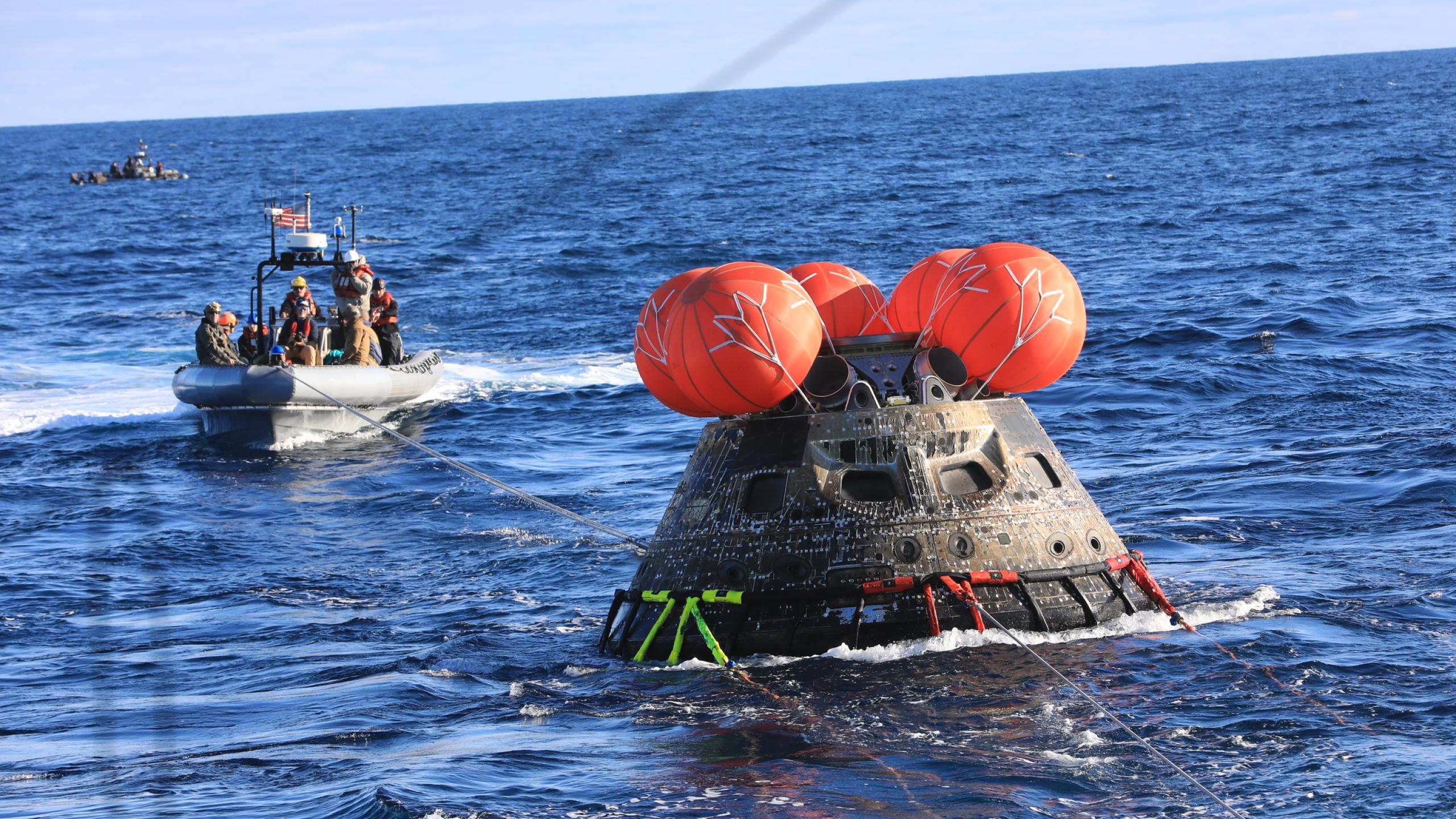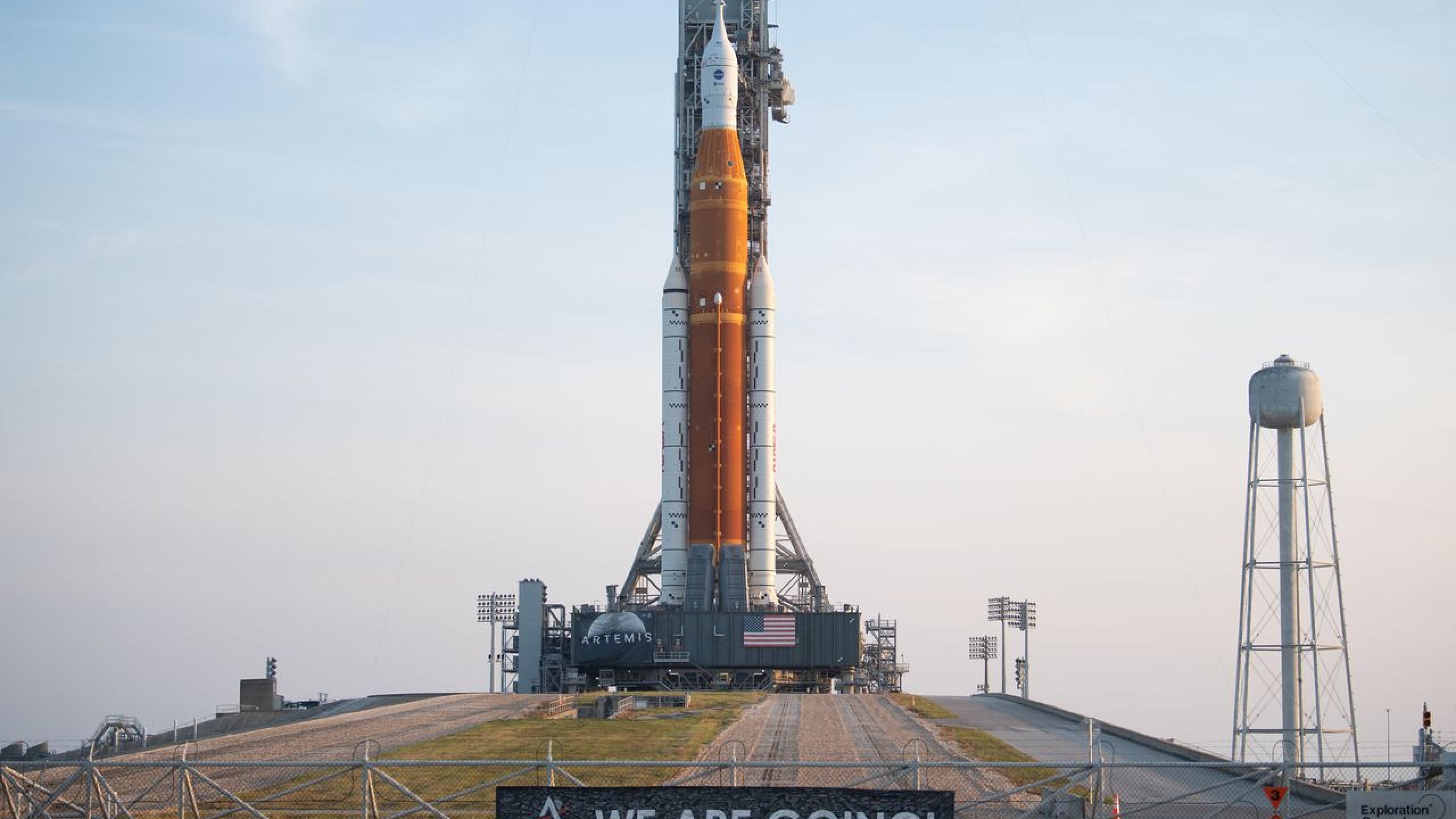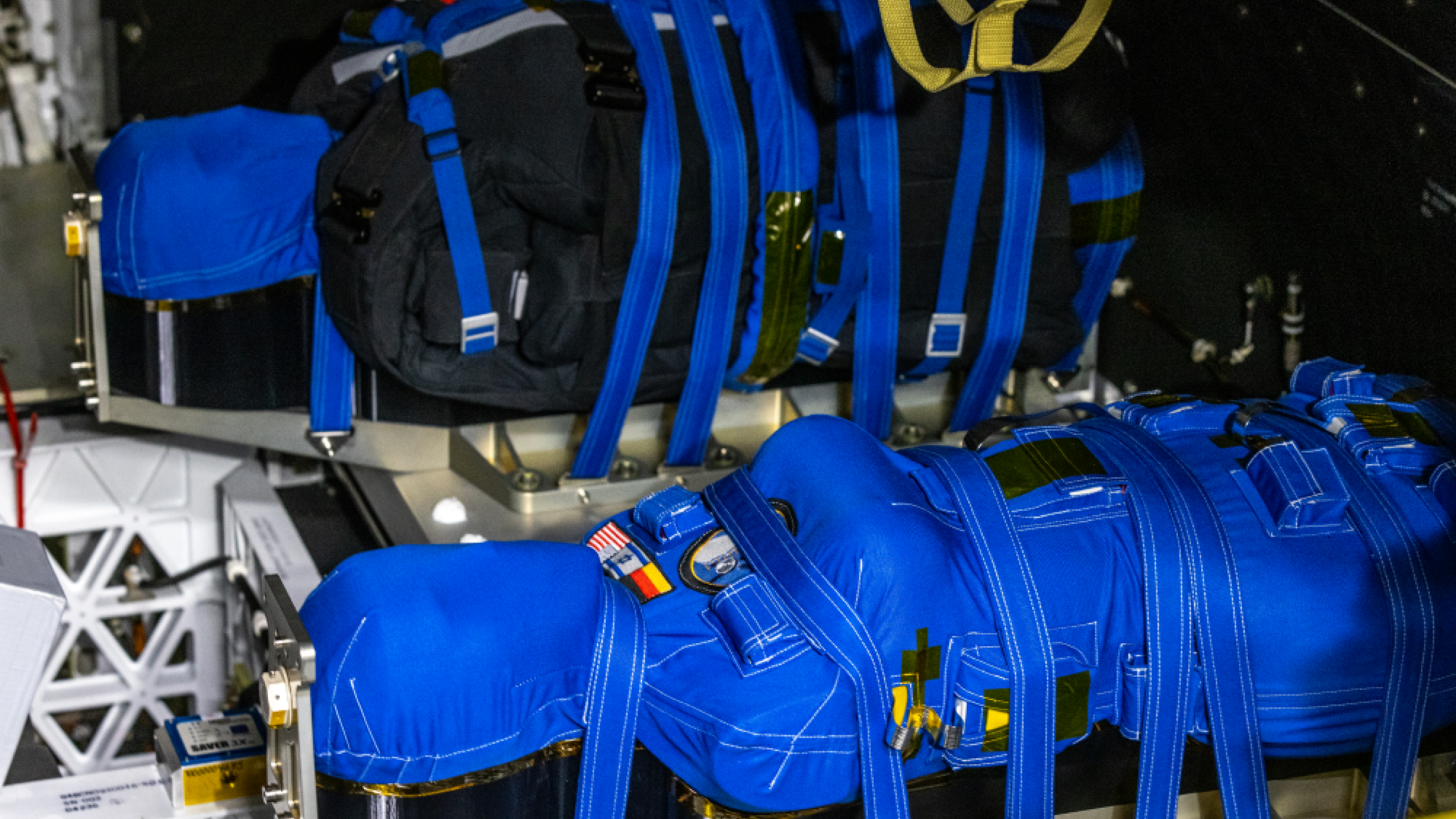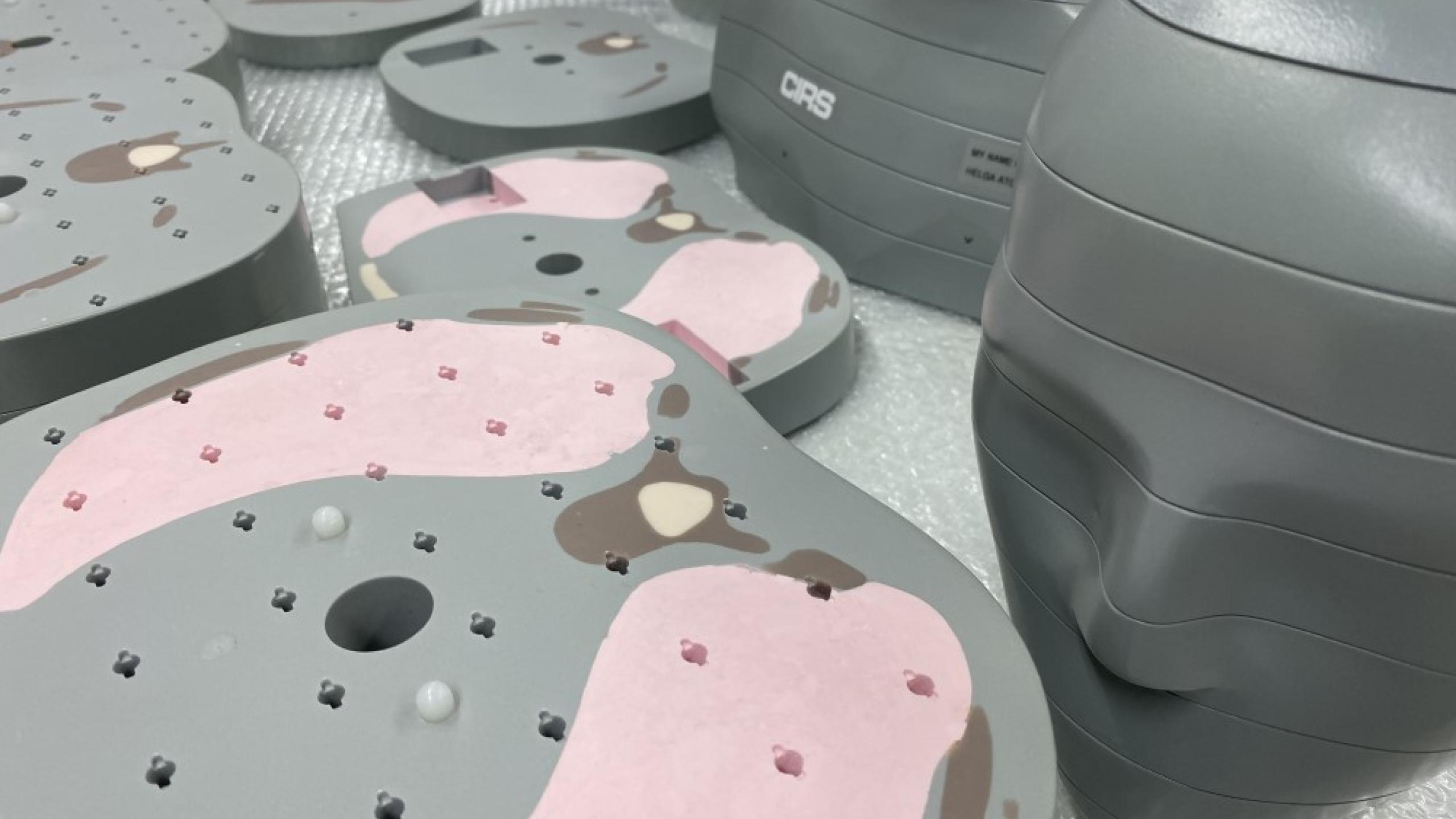Invest in foundations
We are lucky to have unique knowledge in a wide range of fields. This knowledge is used on a daily basis for numerous purposes, including the safe operation of nuclear power plants and space exploration.
1. SCK CEN pioneering research leads to change of international standards
There are 410 reactors in operation and 60 reactors under construction in the world. Of the existing reactors, 135 have already passed the 40-year age limit and 109 others will blow out 40 candles within five years. "Safe operation is the number one priority in the nuclear sector. We help ensure this safety worldwide by performing nuclear safety evaluations for the long-term operation of current nuclear power plants and future reactor concepts," said Inge Uytdenhouwen, researcher at SCK CEN. The nuclear research centre has in-depth knowledge on material ageing and is also a pioneer in the development of increasingly accurate characterisation methods, aiming to improve monitoring programmes.
In 2022, that practical experience and pioneering work led to an update of the ASTM-E1820 and ASTM-E1921 standards. "That first test method determines the fracture toughness of metals, the second determines the reference temperature that characterises fracture toughness of ferritic steels. We are proud that we were able to achieve this together with our scientific peers from the Université catholique de Louvain," concludes Inge Uytdenhouwen. By doing so, the experts translate technical data gained from miniature samples into science-based material properties.
Do you want to see some mechanical materials tests in action?
2. “Orion, back on earth”
It is Sunday 11 December 2022, 18:40 Belgian time. Orion lands in the Pacific Ocean, just off the coast of Mexico. The capsule has just been on a journey of more than two million kilometres. Aboard will be … Helga and Zohar. Both dummies are equipped with as many as 11,200 sensors. Three hundred of these come from our research centre," said a proud Olivier Van Hoey, dosimetry expert at SCK CEN. The sensors measure the radiation dose that astronauts will receive on such missions – down to the organ level!
Another purpose of the mission is to extensively test a specially designed space vest. "We glued about 100 dosimeters onto the outside of both dummies – analogous to the human body at the level of the skin. What we measure in that place tells us a lot about the dose we will find in more radiation-sensitive organs. Consider, for example, the stomach, lungs or uterus. We will do the same with Zohar – the dummy with a vest – but we will place 100 additional detectors on the vest. This gives us the opportunity to compare the radiation exposure between the two dummies, calculate the radiation difference when wearing a space vest and thus verify its protection," Olivier Van Hoey clarified.
Do you want to know more about our contribution to the Artemis I mission?
Also interesting
-
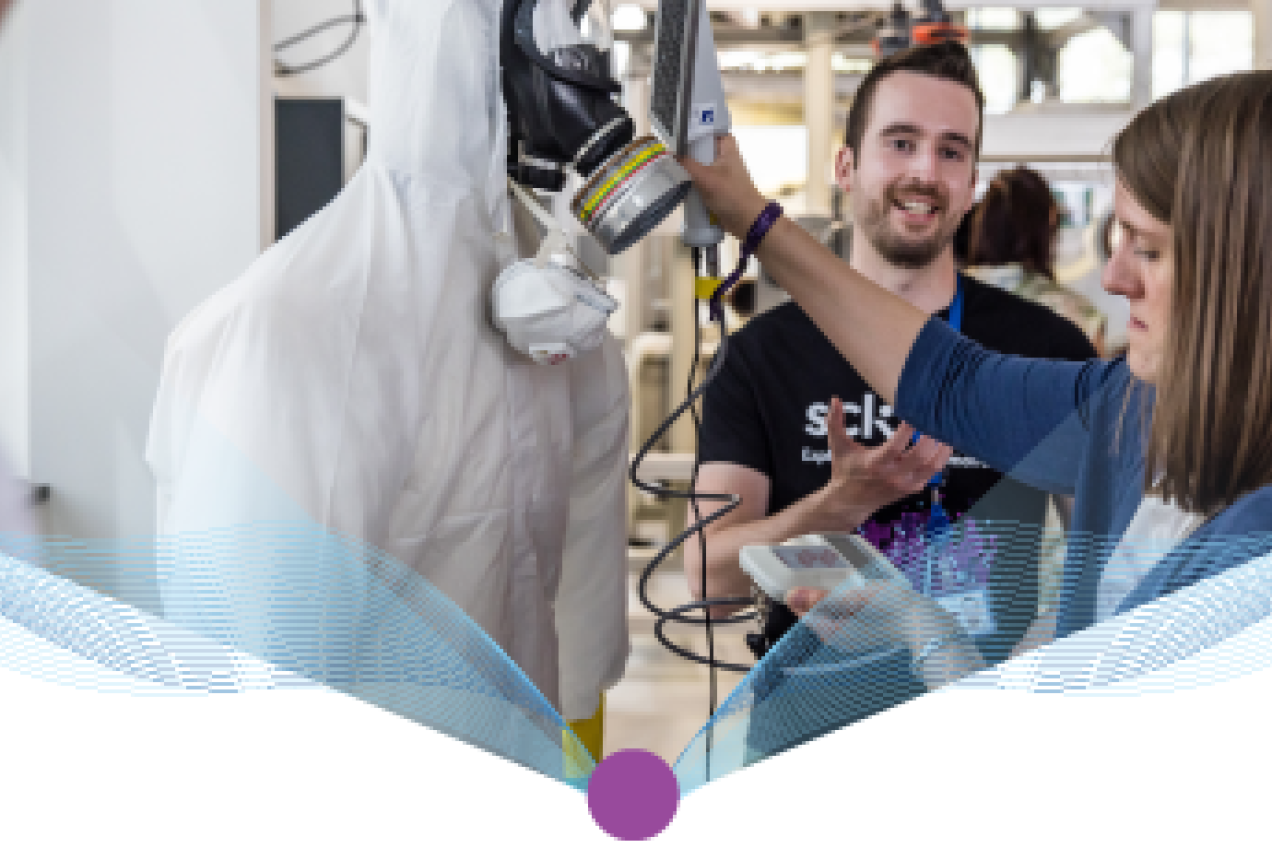
Invest in knowledge
We guarantee the transfer of nuclear knowledge and skills to students, professionals and the general public.
-
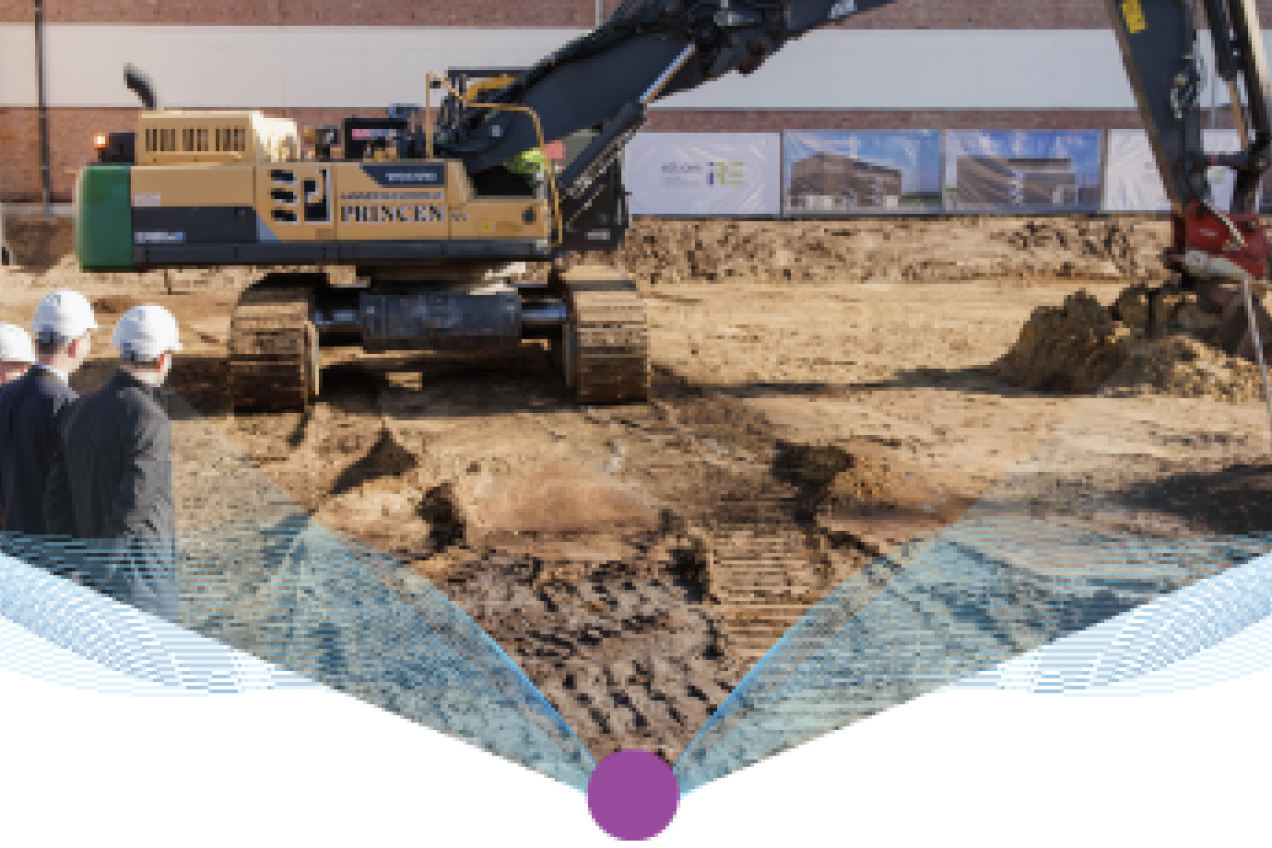
Invest in infrastructure
Unique facilities are a decisive catalyst for pioneering research.
-
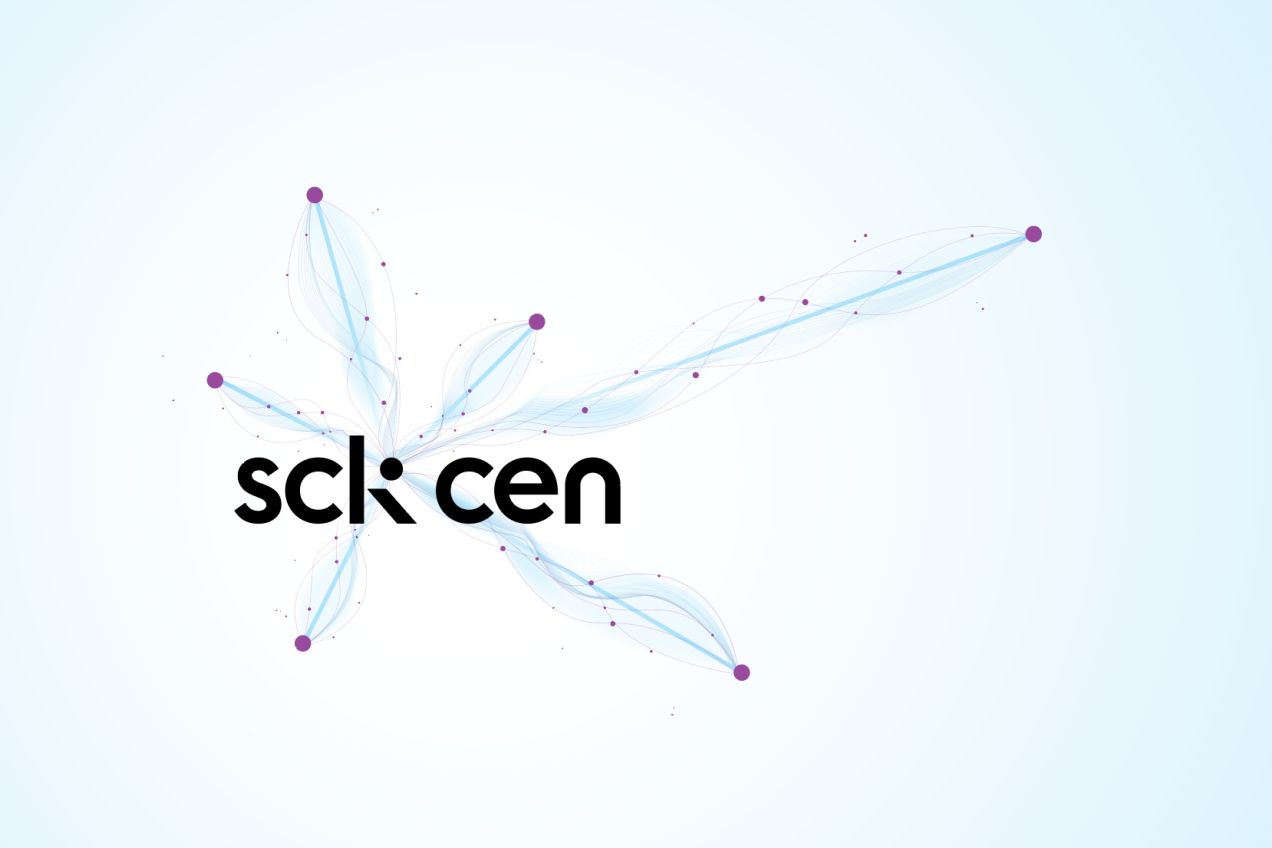
Invest in the future
A sustainable future will not be served to us on a silver platter. That platter has to be forged and the future, assembled. That work does not just happen. Someone has to take charge to pave the way. A pioneer. Find out in this annual report how SCK CEN is the pioneer of 2040.
